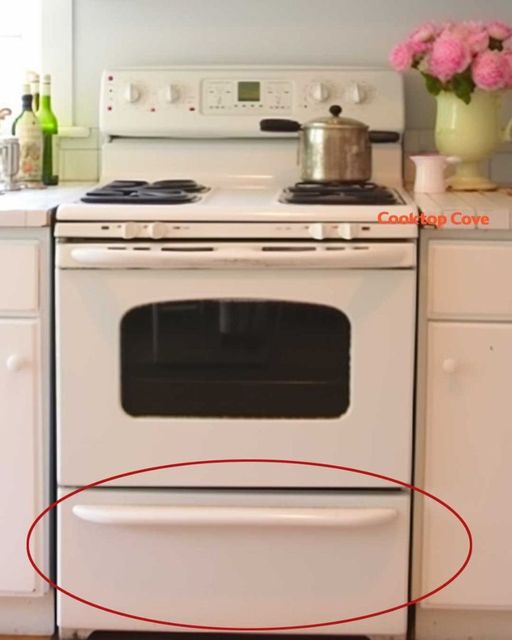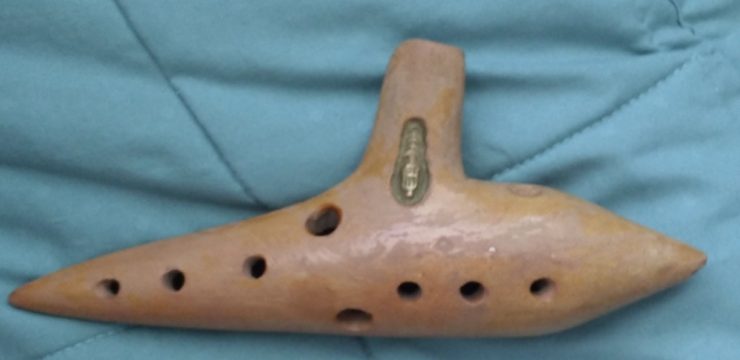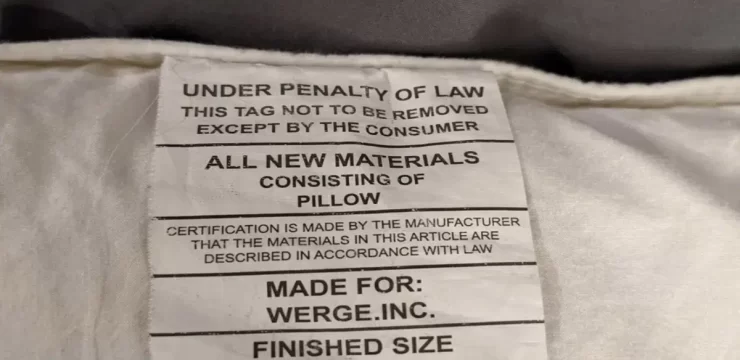The kitchen is often considered the heart of the home—a place where families gather, meals are prepared, and memories are made. Among the essential appliances in every kitchen, the stove stands out as a centerpiece for cooking delicious meals. However, many of us have noticed a drawer beneath the oven and assumed it’s simply for storing cookware. But did you know that this commonly held belief is actually a misconception?

Clearing Up the Storage Misunderstanding
Most people mistakenly use the drawer under their stove for storing pots, pans, baking sheets, or other kitchen essentials. While it might seem like a convenient spot to stash those items, this practice can actually lead to several problems that go beyond mere clutter.
First, there’s the issue of safety. When the oven is in use, the heat it generates can transfer down into the drawer below. If you’re storing plastic containers or other flammable items in there, they could melt or even catch fire. Additionally, using the drawer for storage can block proper ventilation around the stove, which might cause your oven to overheat and operate less efficiently. It can also lead to crumbs and debris accumulating, creating hygiene problems over time.
So, if this drawer isn’t meant for storing kitchen gadgets, what exactly is its purpose?
The Hidden Function: It’s a Warming Drawer
Contrary to popular belief, that drawer beneath your oven isn’t just extra storage—it’s actually a warming drawer. Yes, that’s right! The main function of this often-overlooked feature is to keep your food warm after it’s been cooked. This can be especially handy when you’re juggling multiple dishes or hosting guests and need to keep things warm until it’s time to serve.
A warming drawer is designed to maintain a consistent, gentle heat, ensuring that your food stays warm without continuing to cook or drying out. It’s perfect for keeping side dishes at the right temperature while you finish preparing the main course. If you’ve ever struggled to coordinate the timing of a big meal, you’ll appreciate how useful this feature can be.
The History of the Warming Drawer
The concept of a warming drawer dates back to the early 20th century, coinciding with advances in kitchen technology. As gas and electric stoves became more widespread, manufacturers began looking for innovative ways to enhance the functionality of their products. The warming drawer was introduced as a solution for keeping food warm without compromising its texture or flavor.
Initially, warming drawers were considered a luxury, only found in high-end stoves. However, as kitchen technology continued to evolve, this feature became more common in standard household stoves. Today, the warming drawer is a staple in many kitchens, yet it remains underutilized because so few people are aware of its true purpose.
Beyond Warming: Other Uses for the Drawer
The warming drawer isn’t just for keeping food warm. It’s actually a versatile tool that can help you with various culinary tasks. Here are some creative ways you can put your warming drawer to good use:
- Proofing Dough
If you enjoy baking bread or pastries, you know how important it is to get the dough to rise properly. The consistent, low heat of the warming drawer is ideal for proofing dough, helping it rise faster and creating a better texture. This is a great trick for those who love making homemade bread or cinnamon rolls. - Drying Herbs
Need to dry some fresh herbs quickly? Spread them out on a baking sheet and place them in the warming drawer set to a low temperature. This method is faster than air drying and helps preserve the herbs’ natural flavors. - Warming Plates and Utensils
If you want to take your dining experience to the next level, use the warming drawer to preheat plates and utensils before serving your meal. Warm plates can help keep your food hot for longer, which is especially useful if you’re serving dishes that are best enjoyed piping hot. - Melting Chocolate or Softening Butter
For delicate tasks like melting chocolate or softening butter, the gentle heat of the warming drawer is perfect. It gives you more control than a microwave and reduces the risk of overheating.
Tips for Using Your Warming Drawer Safely
While the warming drawer is incredibly handy, it’s important to use it correctly to avoid any risks:
- Always check the settings before placing any food inside to ensure it’s set to the right temperature.
- Don’t store items like plastic or flammable materials in the drawer, especially if you plan to use it for warming.
- Clean the drawer regularly to prevent crumbs and spills from building up, which can create odors or affect performance.
Making the Most of Your Kitchen’s Hidden Gem
Now that you know the real purpose of the drawer under your stove, it’s time to rethink how you use it. By embracing its intended function as a warming drawer, you can simplify your cooking process, especially when preparing multiple dishes. It’s a great way to keep your meals warm without having to juggle oven space or reheat dishes in the microwave.
Whether you’re keeping dinner warm for late-arriving family members or proofing dough for a baking project, the warming drawer is a versatile feature that can elevate your cooking game. So, instead of using it as a cluttered storage space, clear out those pots and pans and put this often-overlooked feature to work.
Conclusion
In summary, while most people think of the drawer beneath their stove as just extra storage, it’s actually a valuable tool designed to keep your food warm and ready to serve. Understanding its true function can transform the way you approach meal prep, making your kitchen more efficient and your meals more enjoyable.
So, next time you’re preparing a big family dinner or hosting friends, don’t overlook the warming drawer. It’s there to help you keep everything at the perfect temperature, proof your dough, or even dry herbs for that extra culinary flair. Embrace the versatility of this hidden kitchen feature and make the most of your cooking experience!





